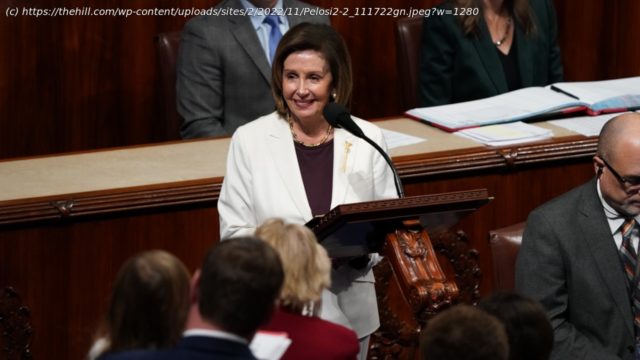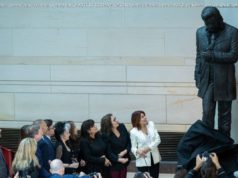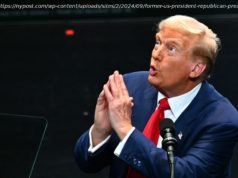Array
After almost two decades leading the House Democratic Caucus, Speaker Nancy Pelosi (D-Calif.) announced Thursday that she will step down from her leadership role in the next congressional session.
Pelosi became the leader of the caucus in 2003 and became the first female speaker of the House in 2007. She has had two separate stints as House speaker and minority leader but has consistently been a face of the Democratic Party for a generation.
Pelosi has overseen the passage of many major pieces of legislation during her tenure and was often key to the legislative successes of the Obama and Biden administrations. She also made history on multiple occasions, becoming the first woman to serve in several of the positions she held.
“When I first came to the Floor at six years old, never would I have thought that someday I would go from homemaker to House Speaker,” she said during her remarks on Thursday.
Although she will no longer hold a leadership position, Pelosi will keep her seat in the House to guide the next generation of leaders.
Here’s a timeline of Pelosi’s career in Congress, from her first election to her announcement Thursday:
1987
Nancy Pelosi, who served as chairwoman of the California Democratic Party from 1981 to 1983, wins a special election in June to fill the remainder of the term of Rep. Sala Burton (D), who died in office.
She easily prevails in the heavily Democratic district, receiving more than 67 percent of the vote. She more narrowly defeated a San Francisco city supervisor in the primary in April.
Pelosi was 47 years old at the time.
1989
Pelosi sponsors legislation in the aftermath of the Tiananmen Square massacre in Beijing to allow Chinese students in the United States at the time to be able to seek permanent residency without returning home first.
The House approved the bill unanimously, and the Senate approved it by voice vote, but then-President George H.W. Bush vetoed it, reasoning that he already planned to use his executive powers to give the students the protections the bill would offer.
The Chinese government also had threatened to cut off future student exchanges if the bill became law.
The House voted to override Bush’s veto, but the Senate fell a few votes short of the necessary two-thirds majority.
Pelosi would be a strong advocate for human rights in China throughout her career.
1990
The Housing Opportunities for Persons with AIDS program goes into effect following advocacy from Pelosi. The program, which Congress approved as part of the National Affordable Housing Act of 1990, to provide affordable housing for low-income people with HIV and AIDS.
The legislation is one of Pelosi’s first legislative victories, and she becomes a proponent of providing protection and funding to help people living with the virus.
1991
A provision of legislation that becomes known as the Pelosi Amendment goes into effect. The amendment, which was approved in 1989, requires international financial institutions, including the World Bank, to allow the assessment of environmental impacts of proposed loans.
It also instructs U.S. representatives on the boards of these institutions to vote against any loans not subject to this public scrutiny.
1993
Pelosi begins serving on the House Intelligence Committee, where she would serve for a decade, making her the longest-serving member in the committee’s history.






